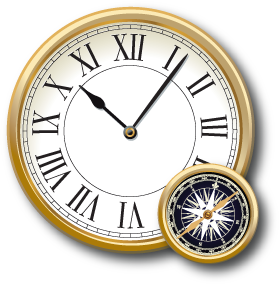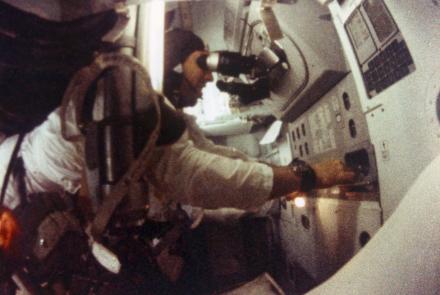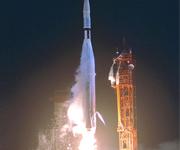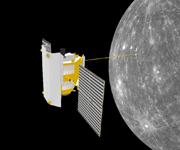What are the main challenges for space navigators, and how is navigation through space different from navigation in the air or at sea?
Motion
Navigators must keep in mind when planning and executing a space mission that everything is moving. Not just the spacecraft, which may be traveling many thousands of kilometers per hour, but also the destination planet or moon. The Earth is rotating and moving around the Sun.
Distances
Navigators must account for the enormous distances between destinations. If Earth were the size of a softball, the International Space Station would be orbiting just above the seams, the Moon would be a marble about 2 meters (7 feet) away, and Mars would be 1.2 to 2.4 kilometers (.75 to 1.5 miles) away. The targets are small and moving.
Communication
Deep space missions are limited in the amount of power available for radio communication to and from Earth. Because the spacecraft travel so far from the Sun, they cannot generate as much power from solar panels as Earth satellites can. The radio signals they transmit are very weak and have to be picked out of background noise. The signals may take hours to reach the Earth. So a navigator cannot expect a quick response.
Gravity
The Sun's gravity determines the basic trajectory of an interplanetary spacecraft. But for deep space missions, a navigator also has to take into account gravitational forces from planets and moons and other forces that might affect the trajectory.







